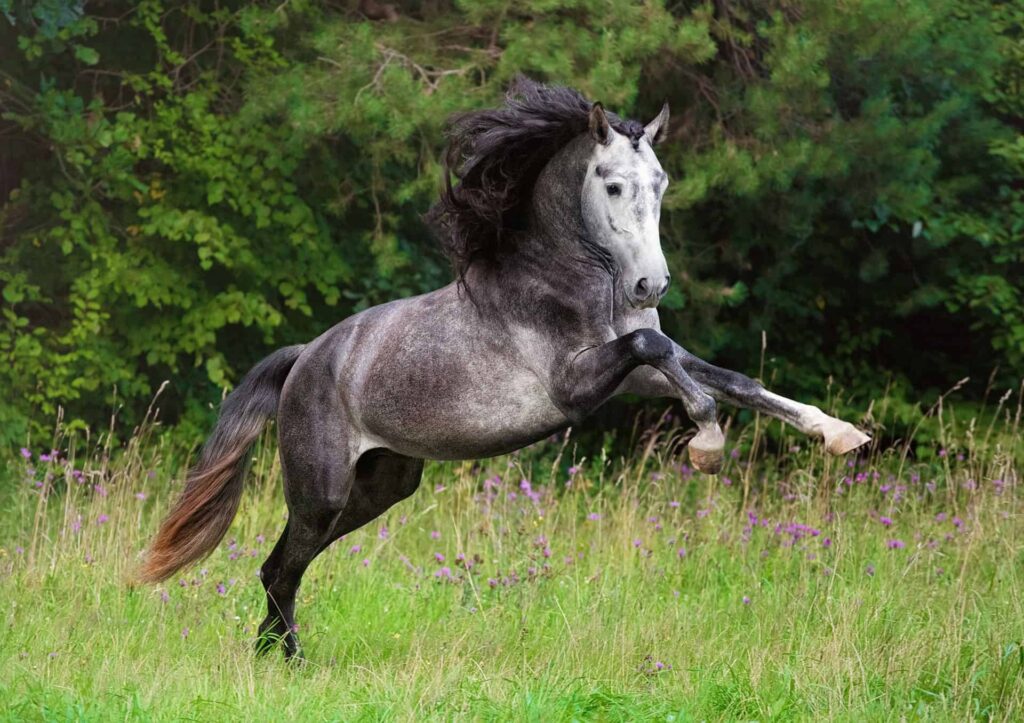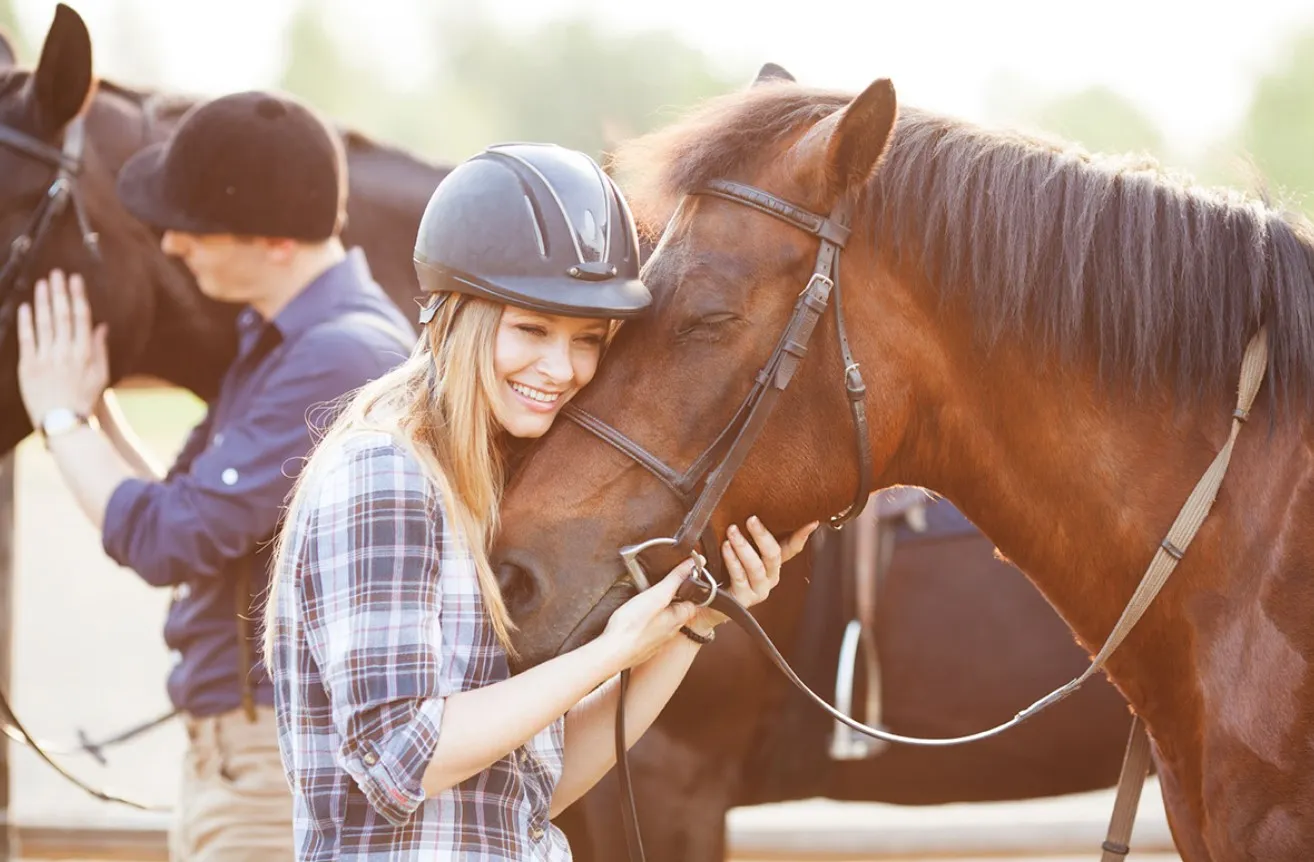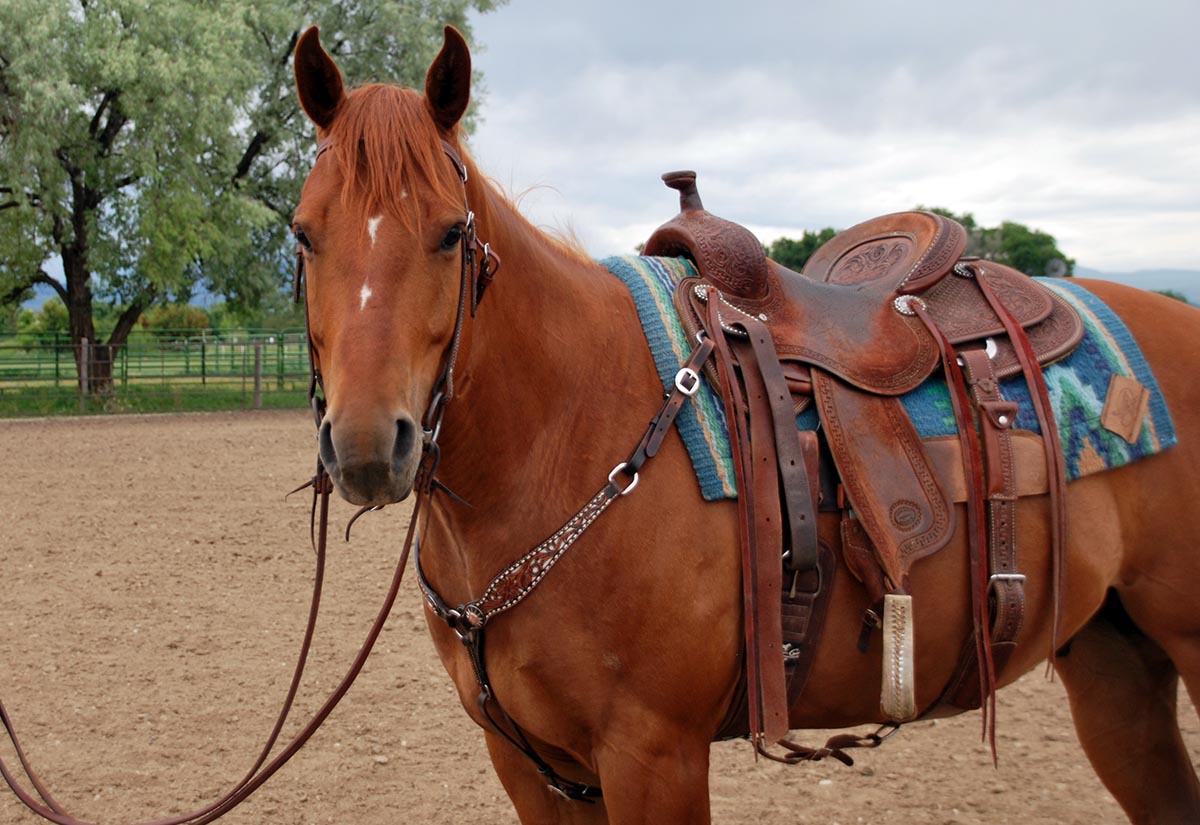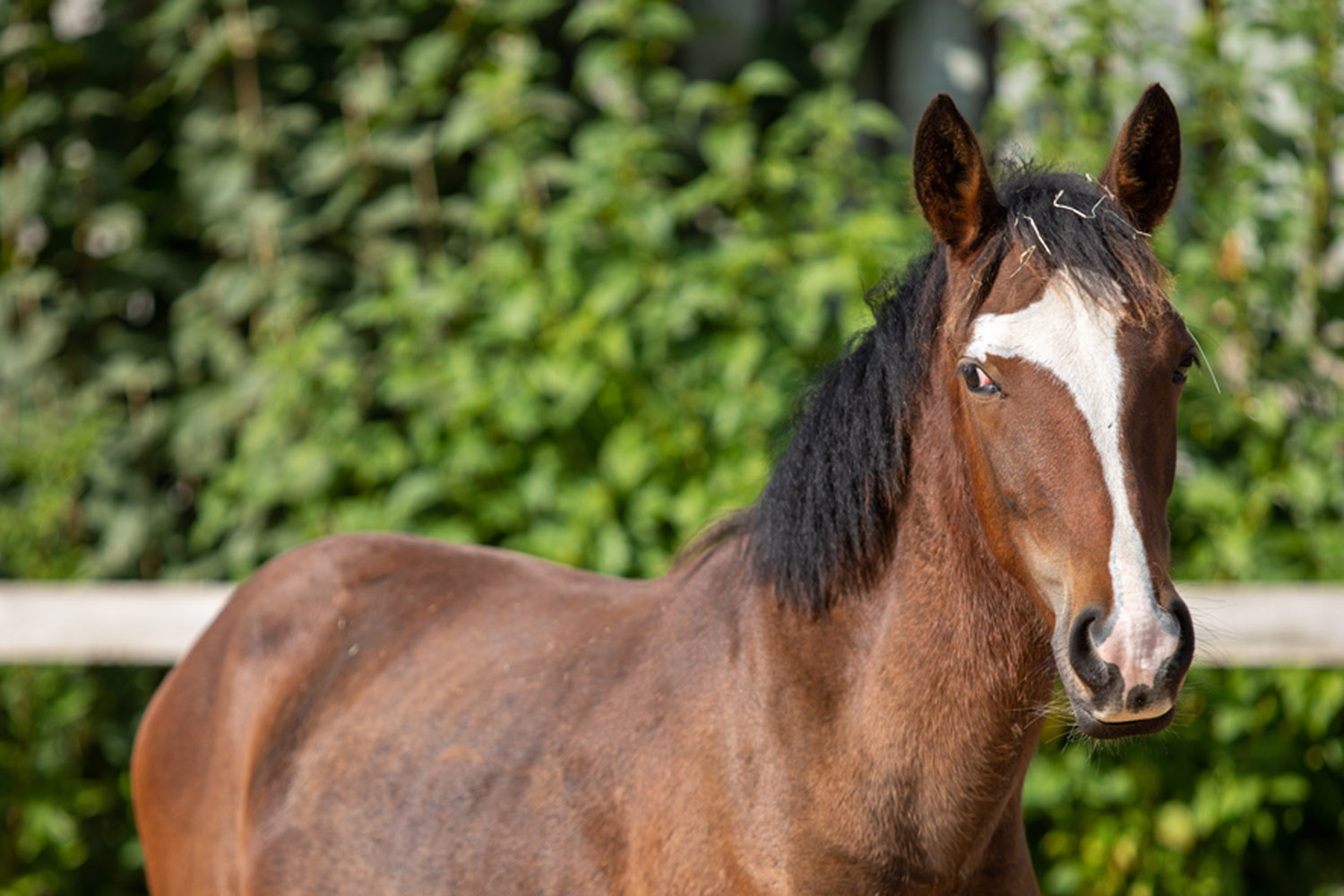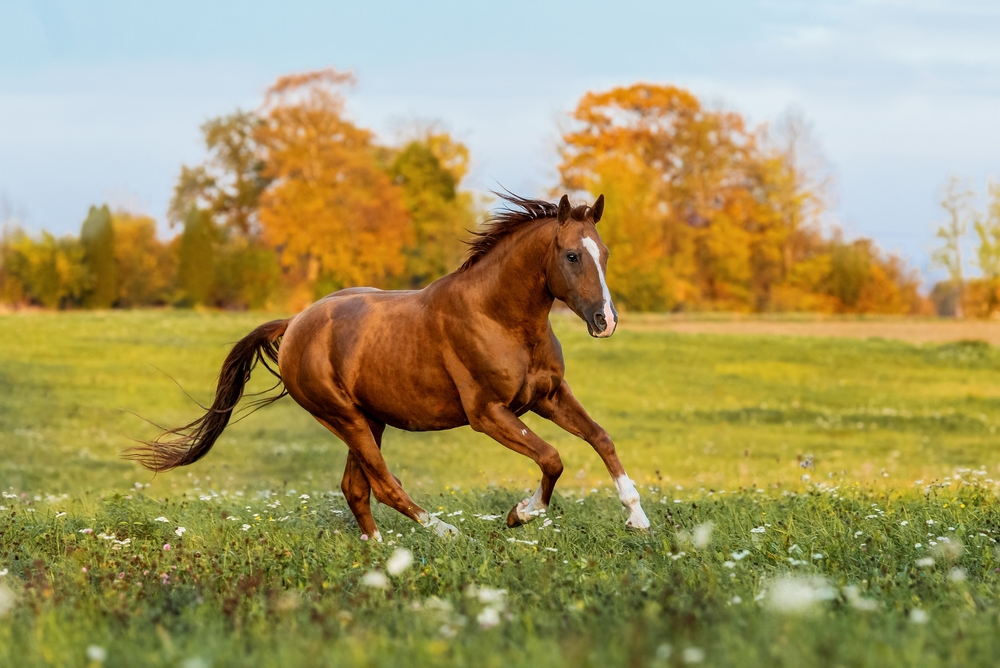The Andalusian horse, known for its striking appearance and noble presence, captures the hearts of horse enthusiasts worldwide. In this article, we will delve into the Andalusian horse physical features and explore why this breed is so revered. From its muscular build to its flowing mane, the Andalusian horse is a magnificent example of equine beauty.

1. The Majestic Appearance of the Andalusian
The Andalusian horse is often described as majestic due to its physical features. With a strong and muscular build, this breed exudes power and grace. Its broad chest and well-defined muscles are a testament to its strength and agility.
1.1 The Head and Neck
The head of an Andalusian horse is one of its most distinctive features. It is well-proportioned with a straight or slightly convex profile. The eyes are large and expressive, reflecting the intelligence and spirited nature of the breed. The neck is elegantly arched, adding to its regal appearance.
1.2 The Body Structure
The Andalusian’s body is compact yet powerful. Its short, strong back and rounded croup enhance its ability to perform various movements with ease. The hindquarters are robust, providing the necessary power for its impressive gaits.
2. The Flowing Mane and Tail
One of the most visually striking features of the Andalusian horse is its long, flowing mane and tail. These features contribute to its enchanting presence. The mane is typically thick and often left uncut, allowing it to flow naturally as the horse moves.
2.1 Grooming and Care
Maintaining the beauty of an Andalusian’s mane and tail requires regular grooming. Keeping it clean and free of tangles is essential for showcasing its natural elegance. Horse exercises can also enhance their overall appearance.
3. Coat Colors and Patterns
The Andalusian horse is predominantly gray, but it can also be found in bay, black, and chestnut colors. The coat is usually glossy and smooth, adding to its allure. The variety of colors and patterns makes each Andalusian unique.
3.1 The Gray Transformation
Many Andalusians are born dark and gradually turn gray as they age. This transformation is a hallmark of the breed, adding an element of mystery and elegance to their appearance.
4. The Impressive Movements
Andalusians are known for their graceful and powerful movements. Their high-stepping gaits and natural ability to perform complex maneuvers make them a favorite in dressage and other equestrian disciplines.
4.1 Training and Discipline
Due to their intelligence and willingness to learn, Andalusians excel in training. Their physical features, combined with proper training, allow them to perform with precision and flair. Training methods can vary, but their adaptability is a key asset.
5. The Andalusian’s Legacy
The Andalusian horse has a rich history that dates back centuries. Its physical features have been celebrated in art and literature, making it a symbol of beauty and strength. Learn more about its history to appreciate its enduring legacy.
5.1 Influence on Other Breeds
The Andalusian has influenced many other breeds worldwide, contributing its desirable physical traits and temperament. Its impact on the equine world is undeniable, making it a cherished breed among horse lovers.

FAQ
What are the distinguishing features of an Andalusian horse?
The Andalusian horse is known for its strong build, elegant neck, expressive eyes, and flowing mane and tail. These features contribute to its majestic appearance.
How does the Andalusian’s coat color change over time?
Many Andalusians are born dark and gradually turn gray with age, a characteristic transformation that adds to their allure.
What makes Andalusians suitable for dressage?
Their physical features, including powerful hindquarters and graceful movements, combined with intelligence and trainability, make them ideal for dressage.
This article contains affiliate links. We may earn a commission at no extra cost to you.


